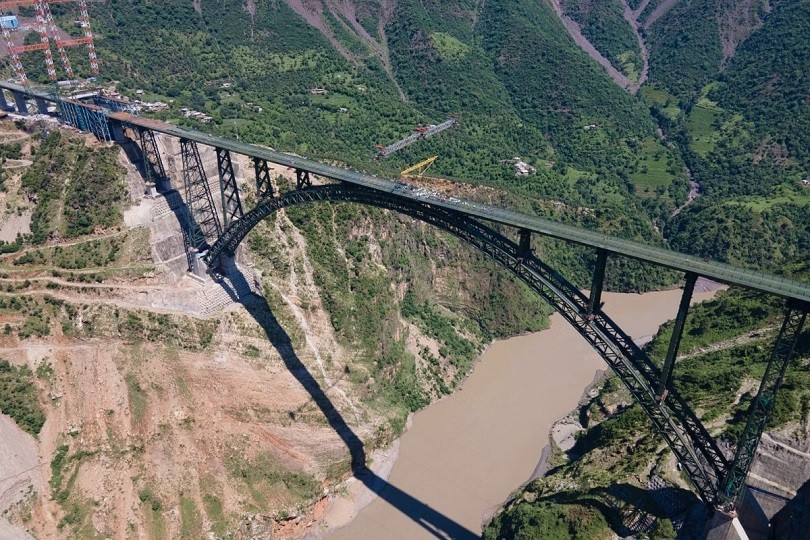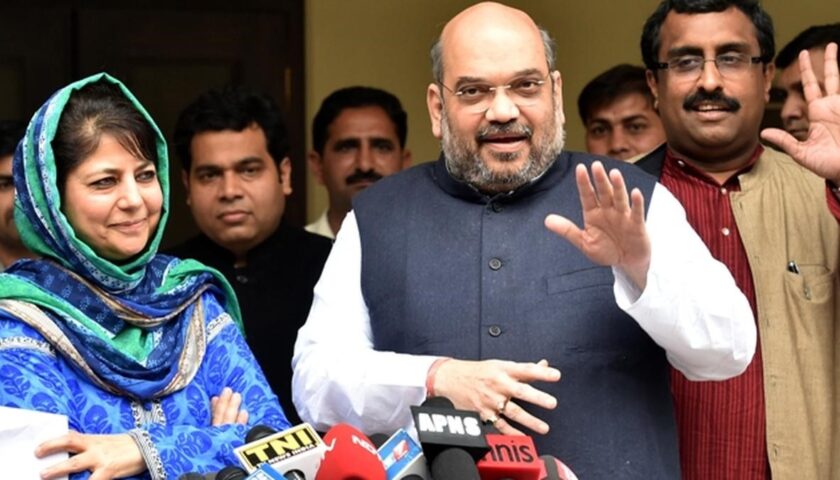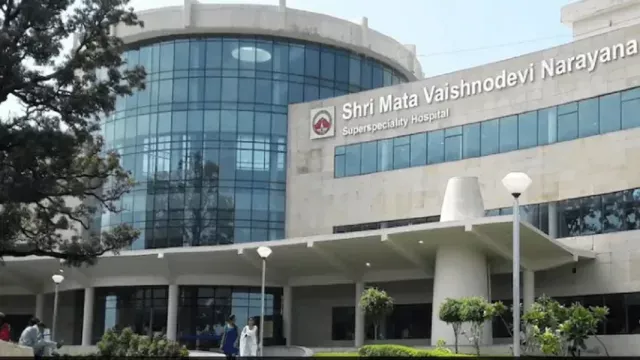A Dream That Began in 1983: Indira Gandhi’s Vision
In 1983, then Prime Minister Indira Gandhi laid the foundation stone of what would become one of India’s most ambitious infrastructure projects: the Udhampur-Srinagar-Baramulla Rail Link (USBRL). The aim was clear but bold—to connect Kashmir Valley, long isolated by treacherous terrain and volatile geopolitics, to the national railway network.
At the time, Kashmir was accessible primarily via the Jammu-Srinagar National Highway or through limited air connectivity, both heavily dependent on weather and often disrupted. The rail link promised a revolutionary shift in both economic and strategic terms, but few anticipated the decades-long saga that lay ahead.
Engineering the Impossible: Challenges That Spanned Generations
1. Geography and Climate: The Natural Obstacle
The 272-km stretch of railway had to carve its way through the rugged and unstable terrain of the Pir Panjal range. It demanded the construction of:
- 36 tunnels, totaling over 119 km
- 943 bridges, many over deep gorges
- Tracks laid across highly seismic zones, avalanche-prone slopes, and snow-bound areas
This included two marvels of modern engineering:
- Chenab Bridge: The highest railway bridge in the world (359m above the riverbed)
- Anji Bridge: India’s first cable-stayed railway bridge
2. Security & Political Instability: Building Amidst Conflict
The 1990s and early 2000s saw Kashmir engulfed in insurgency. Frequent curfews, threats to workers, and halted construction plagued the project. It wasn’t uncommon for construction teams to be evacuated or for machinery to remain idle for months.
3. Administrative Delays & Rising Costs
Initially estimated to cost a few thousand crores, the USBRL eventually ballooned to over ₹43,780 crore due to prolonged delays, frequent redesigns, inflation, and changing contractors. Each change in central and state government came with a fresh review or audit, further delaying progress.
Modi Government’s Final Push: Inauguration in 2025
On June 6, 2025, Prime Minister Narendra Modi officially inaugurated the completed USBRL. It was a historic moment not just for Kashmir but for the nation. PM Modi flagged off two Vande Bharat Express trains from Katra Railway Station, reducing travel time from Katra to Srinagar to just under 3 hours.
“Now, apples from Kashmir will reach markets across India faster. The people of Kashmir are not just connected to railways but to the heartbeat of the nation,” PM Modi said.
The inauguration included the opening of both the Chenab Bridge and the Anji Khad Bridge, hailed globally for their design and construction.
Chenab Bridge: Crown Jewel of Indian Engineering
- Height: 359 meters (higher than the Eiffel Tower)
- Length: 1,315 meters
- Wind Resistance: Withstands speeds up to 260 km/h
- Lifespan: 120+ years
It symbolizes not just connectivity but national pride and technological excellence.
Transformational Impact on Kashmir
All-Weather, All-Terrain Access
For decades, Kashmir’s isolation during winters was a logistical and emotional barrier. Snowfall regularly shut down the Jammu-Srinagar Highway. Now, the railway ensures uninterrupted, year-round connectivity.
Economic Ripple Effects
- Tourism: Easier travel will increase footfall to destinations like Gulmarg, Pahalgam, and Sonmarg
- Trade: Fresh produce, saffron, shawls, and handicrafts can now be distributed nationwide faster and at lower cost
- Employment: New job opportunities in logistics, hospitality, warehousing, and retail
Strategic Importance
For the Indian Army and paramilitary forces, this railway line is a logistical boon. Troops and supplies can be moved faster, helping ensure better border management and disaster response.
Voices from the Valley
Omar Abdullah, former J&K CM:
“When this project was conceptualized, I was in eighth grade. Today, I’m 55. It’s more than a project—it’s a dream fulfilled.”
LG Manoj Sinha:
“The slogan of Kashmir to Kanyakumari is no longer a dream, but a reality on rails.”
Local Traders’ Association in Baramulla:
“We’ve waited our entire lives for this. Finally, our produce won’t rot on highways—markets are now just hours away.”
The Road (and Rail) Ahead
The USBRL’s inauguration is not the end but a beginning. Next steps include:
- Electrification of the entire route to promote sustainability
- More Vande Bharat routes to increase passenger capacity
- Integration with freight corridors for exports
- Setting up smart railway stations as tourism and commercial hubs
Bottom-Line: A Bridge Beyond Steel and Stone
The USBRL project is a living testament to India’s resolve, unity, and technological advancement. From the vision of Indira Gandhi in 1983 to the reality forged by PM Modi in 2025, this railway line is not just about travel—it’s about transformation.




